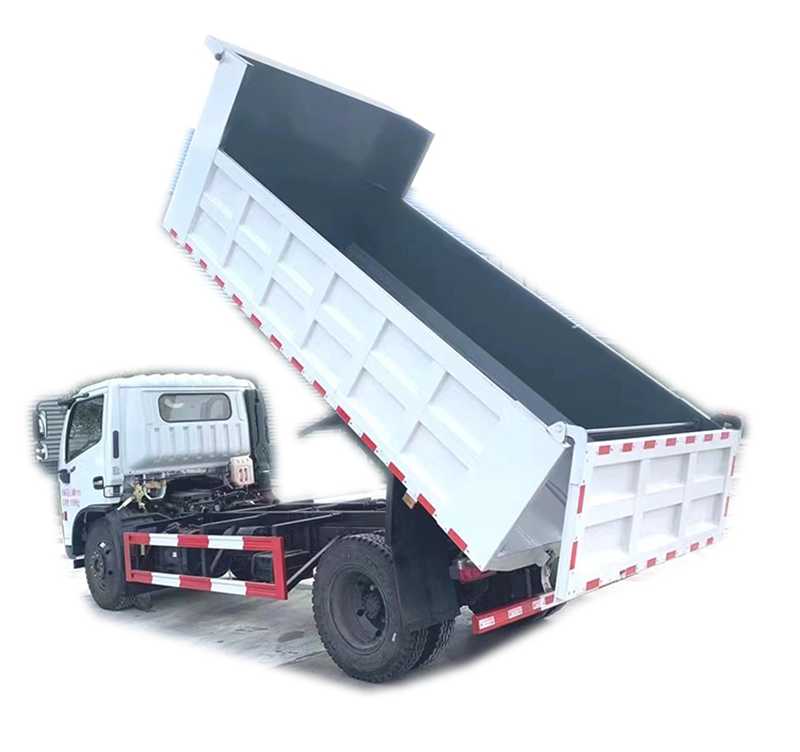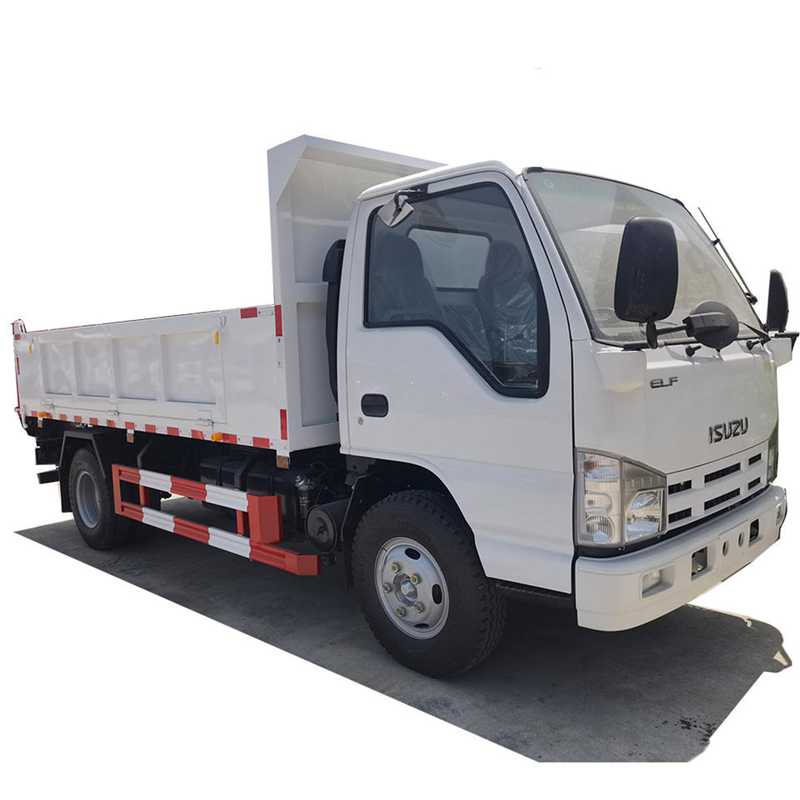

In the world of mining, the efficiency of operations hinges on the reliability and capability of heavy machinery. Among the most critical components of a mining operation are the colossal mine trucks that transport the extracted materials. These behemoths of the industry are defined by three pivotal features: capacity, power, and efficiency. Understanding these features is essential for optimizing mining productivity and profitability.


Capacity refers to the amount of material a mine truck can carry in one trip. The larger the capacity, the fewer trips are needed to transport the same amount of material, which directly translates to reduced operational costs and increased efficiency.
Power is the engine’s ability to generate force, which propels the truck and its payload. In mining, where gradients and rough terrain are common, power is crucial for maintaining consistent performance.
Efficiency in mine trucks is the balance between power and capacity, ensuring that the truck can carry a heavy load while maintaining optimal fuel economy and minimizing environmental impact.
In the competitive landscape of mine trucks, manufacturers like Caterpillar, Komatsu, and Liebherr vie for dominance. Each brand brings its unique approach to capacity, power, and efficiency, offering a range of models tailored to different mining needs.
As the mining industry continues to evolve, so too do the technologies that power mine trucks. Electric and hybrid models are emerging, promising to revolutionize the industry with lower emissions and higher efficiency. These advancements are not just a trend but a necessity for a sustainable future.
The triad of capacity, power, and efficiency in mine trucks is not just a selling point but a cornerstone of sustainable mining practices. By focusing on these features, mining companies can enhance their operations, reduce their environmental footprint, and secure their position in a rapidly changing industry.